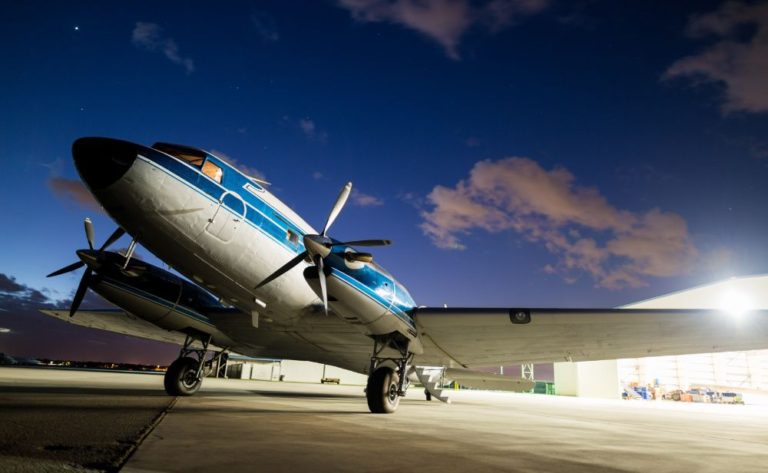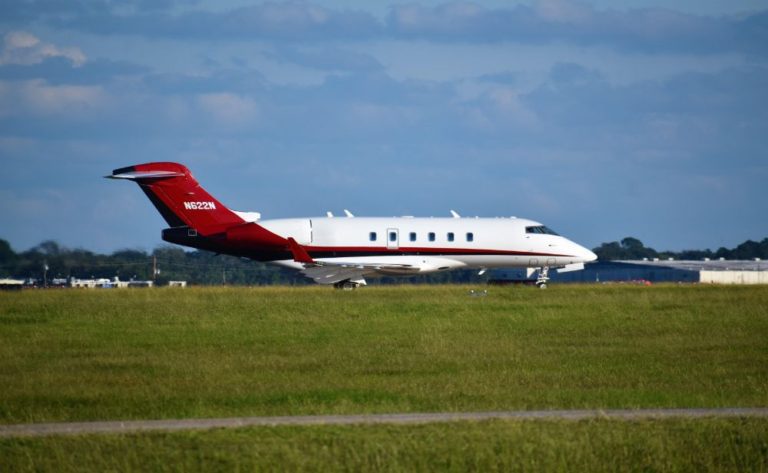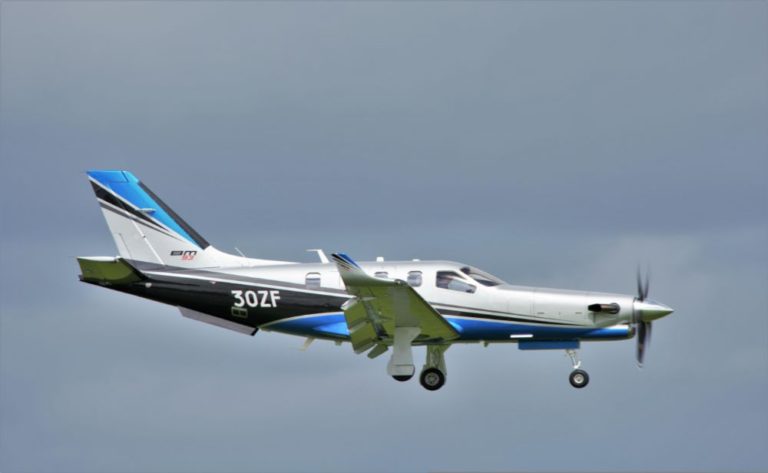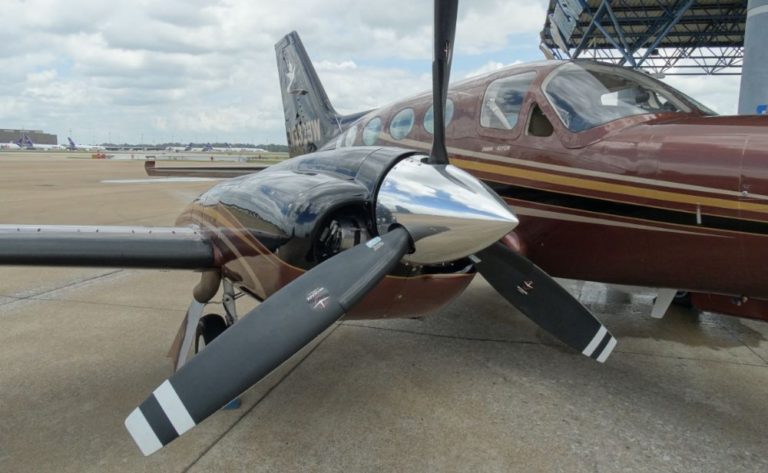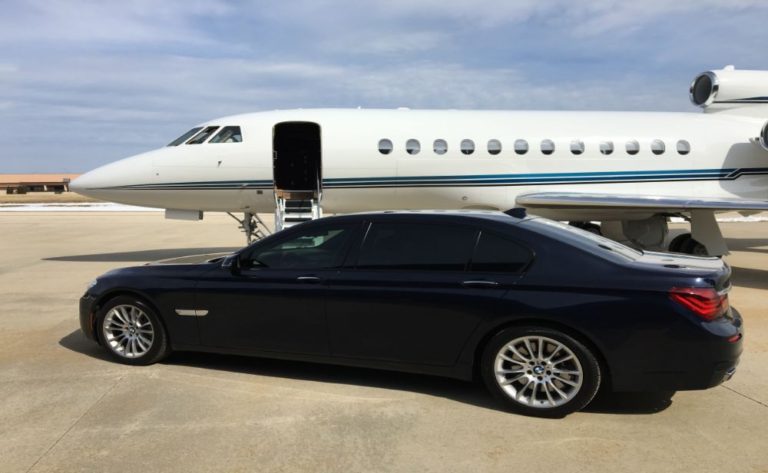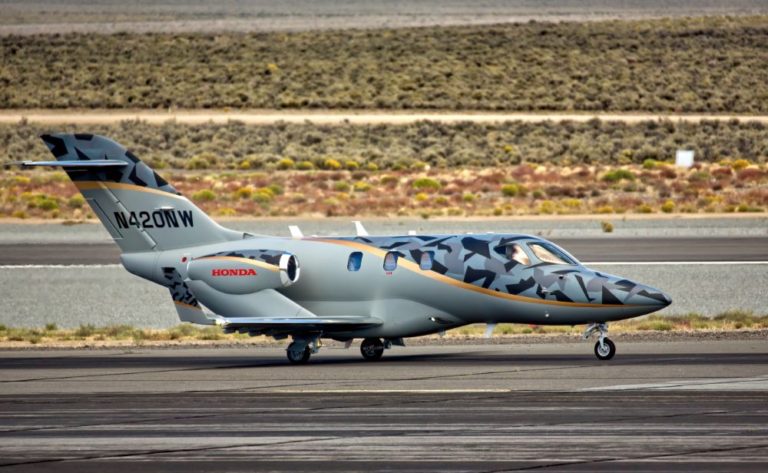Bombardier Q300

The Dash 8 was an extremely well-liked aircraft that was eventually subjected to significant upgrades that made it far more dependable, ecologically friendly, and quieter for passengers. These improvements were made after it had been sold multiple times. The Q300 is a potent aircraft that is suitable for shorter flights and is still in production today.
In a manner analogous to that of the Q200, the Dash 8 aircraft has been extensively redesigned and rebuilt in order to create the Q300. However, production of this particular aircraft was discontinued some time ago. Since production of the Q300 came to an end in 2009, this indicates that all of the Q300 aircraft that are currently in use are at least ten years old, if not even older. On the other hand, the Q300, along with the Bombardier Q200, has a reputation for being an extremely dependable and long-lasting aircraft that is a wonderful choice, particularly for trips of a shorter duration.
Development
Because of its poor noise suppression capabilities, the Dash 8 type aircraft that Bombardier purchased from Boeing proved to be a major source of frustration for the company. Because of this, those travelling in the aeroplane were subjected to a significant amount of noise while they were in the air. This was due, in part, to the fact that the aircraft is capable of operating at a far lower altitude than other flights, which can result in increased turbulence.
1997 saw the introduction of a new and improved noise suppression technology for Bombardier’s Dash 8 aircraft. Not only the Q300 was featured in this, but also the Q200 and the Q400. 2009 saw the end of manufacturing for both the Q300 and the Q200, however production of the Q400 continues unabated.
Orders and Deliveries
In 1984, de Havilland Canada was the first company to market the prototype of the Dash 8 aircraft. Unfortunately, de Havilland Canada was only able to produce these aeroplanes for a few years before selling them to Boeing in 1988. After that, in 1992, Boeing sold them off to Bombardier. The aircraft was purchased by Longview Aviation Capital not too long ago, in 2019.
The Dash 7 was the initial aircraft that was used as a prototype for this plane, but it went through a number of modifications before it became the Q300. As of the month of July in 2018, there were 151 Dash 8 Series 300 aircraft still in active service with airlines. Abu Dhabi Aviation, Air Creebec, Air Inuit, Jetstar New Zealand, and Jazz Air are just some of the airlines that fall into this category.
Design
The only difference between this version of the Dash 8 Q300 and previous ones is that this one includes the ANVS. It is called the Active Noise and Vibration Suppression system, and it makes it so that passengers who are hypersensitive to loud noises have a much easier and more pleasurable time flying in this particular aircraft.
Cockpit Both a pilot and a co-pilot will have no trouble entering and occupying the cockpit of the Q300. This aircraft is an older design, and while there have been some updates made to the systems, it is not as powerful or technologically advanced as other aircraft that are currently in use in the skies today.
Cabin
Any passenger who wants to fly but doesn’t want to worry about a lot of noise in the cabin will find that the impressive noise suppression feature of the Q300 makes it a great option for them. Because they do not have the same excellent noise suppression, the models that were manufactured prior to 1997 do not bear the name Q300.
The longer airframe of the Q300 confers a bit more space and comfort in comparison to that of the Q200. It was lengthened by 3.43 meters in total, giving it enough space to accommodate between 50 and 56 passengers.
The pressurized stand-up cabin offers plenty of head room for passengers. Additionally, the seats recline and have arm rest features, as well as tray tables and even plenty of storage space overhead.
A passenger restroom is available in addition to the fully stocked galley that has been set up to facilitate superior service by the flight attendants.
Engines The Pratt & Whitney Canada PW123 engines that are used in the Q300 are also utilized in the Q200. These engines can be found on the Q300. The rated power of these engines falls somewhere between 2380 and 2500 kW.
Performance
Since the Q300, just like the Q200, is able to operate on a significantly shorter runway than other larger aircraft, it is an excellent choice for use in locations that do not have enough room to accommodate longer planes. It has a maximum range of 1.711 kilometers and a maximum cruising speed of 532 kilometers per hour.
In addition, the Q300 is capable of reaching a maximum cruising altitude of 7,600 meters above the standard sea level.
Landing Gear The Q300, just like the Q200, has high-quality landing gear that is both long-lasting and dependable. It features landing gear that folds to the rear and has been optimized for better landing and takeoff performance.
Competitors
Even though the Q300 is no longer being manufactured, it is still regarded as a fantastic aircraft both for operational use and for passengers to fly on. The primary adversary here is either the Bombardier Q200 or the ATR42.
The average cost of operation for each block hour
Operating this aircraft comes to about $1564 dollars every hour. This is lower than its main competitor, the ATR42, which has an operating cost of about $1552 per hour per seat. The approximate cost of renting a larger aircraft, such as an ATR 72, is $2247 per hour.
